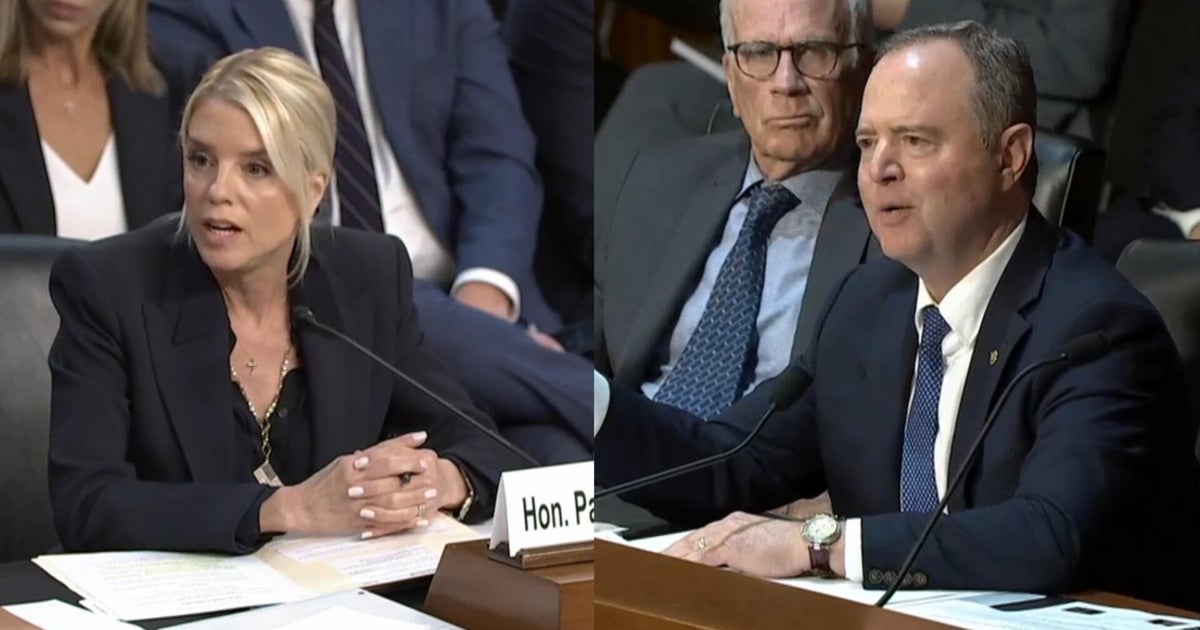Some say Sydney housing reforms have gone too far. These stats show they haven’t gone far enough
If you ask Sydneysiders what worries them most, housing is likely to be near the top of the list.
There’s broad agreement we’re in the grip of a housing crisis, and that a sustained increase in the number of available dwellings is the best way to fix it.

Premier Chris Minns unveils reforms to planning laws this month.Credit: Dominic Lorrimer
The Minns government has made lifting the supply of new dwellings a top priority; this month it unveiled reforms dubbed “the biggest overhaul of planning laws in 50 years”.
And yet many Sydneysiders are worried about “overdevelopment” in their neighbourhood and some have taken to the streets in protest. There are fears the city will be forever changed amid the push for more housing.
Now, one of Australia’s leading housing economists, Brendan Coates, has a reality check: even after the current crop of reforms is implemented, there’ll be “a long way still to go” to deliver more affordable housing in Sydney.
In a speech to lobby group Housing Now! on Tuesday, Coates will describe the city as “ground zero” for the nation’s housing crunch.
Despite a recent upswing in medium and high-density housing, Sydney remains one of the least dense cities of its size in the world.
“If the inner 15 kilometres of Sydney offered the same number of homes as Toronto – a city that ranks similarly to Sydney on quality-of-life measures – it would mean an extra 250,000 well-located homes,” says Coates, who is the housing and economic security program director at the Grattan Institute think tank.
Debate about planning reform often focuses on how development approvals can be streamlined. But Coates argues this is not the biggest constraint on getting more housing built in Sydney. “It’s the fact that it’s illegal to build more housing on most valuable inner-city land,” he says.
Grattan Institute research shows that only five kilometres from the Sydney CBD, more than 50 per cent of residential land is zoned for low-density housing via the restrictive R2: Low-Density Residential zone, which typically permits only one or two homes per block, and rarely more than two storeys.
About 50 per cent of residential land in Sydney is zoned for such low-density housing. That’s a massive constraint on a city with a population nearing 6 million.

Castlecrag Progress Association members protest an 11-storey housing development proposed in the area in AugustCredit: Edwina Pickles
“A lot of inner-city Sydney is zoned in ways that wouldn’t look out of place in a rural village in Europe,” Coates told the Herald before his speech.
Then there’s the “thicket” of other controls imposed by councils which further limit housing supply.
Coates says NSW cedes more power to councils to set zoning controls that govern what can be built compared with other states including Victoria.
Loading
“Crucially, a lot of the NSW government’s recent reforms pay undue deference to many of these restrictive local zones, which limits the extra housing that these reforms can support,” he says.
The state’s new Housing Delivery Authority, which can bypass councils and send major residential development proposals on a faster route to approval, has the potential to accelerate housing supply in the near term. But Coates warns more sweeping planning reforms are needed.
“Our work shows that if a lot more housing is to be built in those inner and middle-ring suburbs, they will need to deal with the underlying sclerotic [planning] system,” he says.
Planning changes already announced face stiff opposition, including from some councils. But the state government has much more to do if it is to deliver on its pledge to make Sydney’s housing more affordable.
Start the day with a summary of the day’s most important and interesting stories, analysis and insights. Sign up for our Morning Edition newsletter.
Most Viewed in Politics
Loading


















































